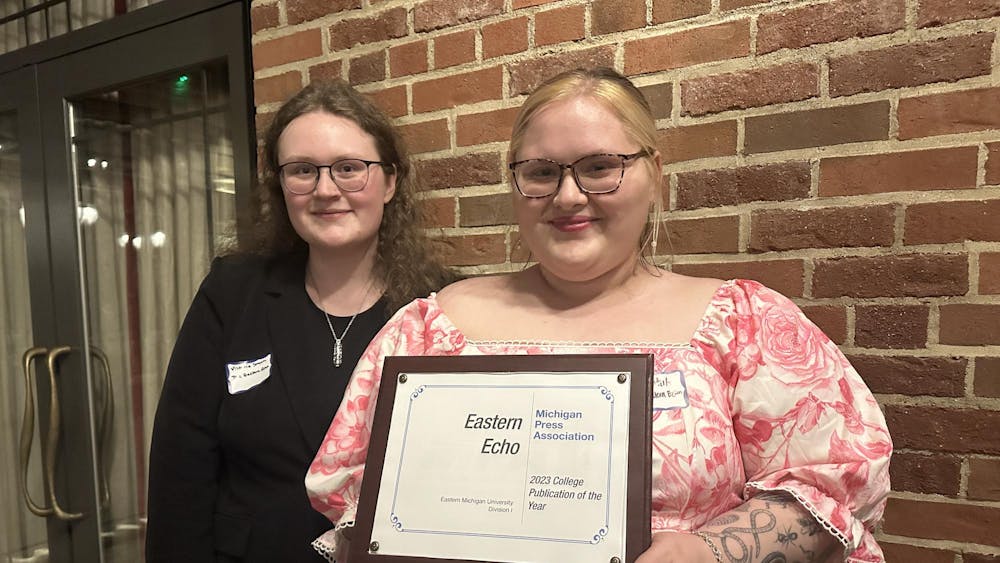Halloween is still more than three weeks away, but when it comes to making costumes, you can never start planning too early. Sewing comes to its peak popularity in the month of October, with everyone wanting the coolest, most unique costume for an affordable price. Since Oct. 30 is too late to start thinking about sewing a costume, now is the perfect time to start.
My example costume is one I made earlier this week which cost me $15 to make – a “Star Trek” dress, made in bright blue to note status in medical and engineering on the Starship Enterprise – at least for a night of costume swing dance. I’ll wear it again for Halloween, clocking in at only $7.50 per wear.
The first step is finding a pattern. One of the secrets of costume sewing for beginners is not to buy a “costume” pattern. Even though that “Lord of the Rings” dress pattern is amazing, with a full skirt, lacing and a corseted bodice, you can get exactly the same look with a non-costume pattern that will be far easier.
I used Simplicity’s “It’s So Easy!” pattern number 3527, which is unfortunately no longer available. A similar and even easier dress from the line is number 2120. Good news – all the Simplicity “It’s So Easy!” patterns are only $2.99, as are “See n’ Sew” patterns, another easy brand with lots of customizable options.
If you’ve never sewn before or have to hand sew your costume, look for a basic four piece shift dress pattern. It’s amazing how you can customize something so simple into a million different looks with the right fabric and accessories.
Read the back of the pattern and find your size. Make sure to measure first since your “shopping” size might be bigger or smaller than the sewing pattern size, and then find the corresponding yardage for fabric. I used 2.5 yards of bright blue solid cotton that cost $4.99 a yard and got 40 percent off, costing approximately $10. Matching thread runs another $2, bringing me to a grand total of $15.
A note on fabric types – cotton, silky solids and flannel all need to be hemmed so they don’t fray unless that’s the look you’re going for, then by all means let it unravel. Felts, sequins, faux furs and leathers, organza and gauzes don’t need to be hemmed. Sequin fabric needs to be sewn by hand or with a special sewing machine needle since the metallic circles are attached with a sticky glue that will gunk up a regular machine needle.
Cut out the pattern along your corresponding size line, lay on top of fabric according to directions and cut. Always pin pieces together and carefully, as to not get poked. Try it on – this is the adjustment time to really fine-tune the fit. A sewing machine is ideal, but hand sewing is an option as long as you make small stitches. As a bonus, hand sewing allows you to watch TV or chat with a friend far more easily while you work.
Use an iron to press seams flat after you sew each one. This makes it look flat and professional and easier to work on adjoining seams. Hem the bottom of your costume or cut a nice straight line, and apply liquid no-fray. Go crazy with embellishments – sequins, fabric paint, fringe, patches or anything you want to give it the pizzazz of a costume.









